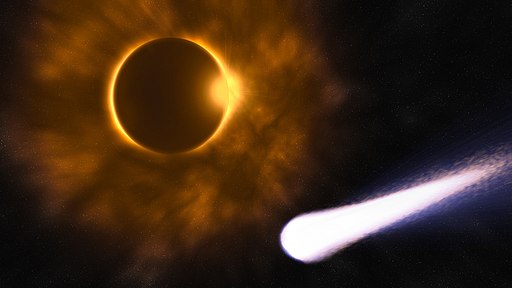Comet 2022 E3 ZTF closest to Earth February 1 and 2
Posted
Last Updated
By earthsky.org
The great comet hunter Don Machholz originally wrote this article for EarthSky in March 2022. Sadly, Don unexpectedly passed away in August 2022. A great loss to his family and the world! Read and comment on Don’s tribute page here. Recent updates on this article are by Eddie Irizarry and the editors at EarthSky.

Comet closest to Earth on February 1 and 2
On February 1 and 2, Comet C/2022 E3 (ZTF) will reach its closest point to Earth. It’ll sweep 27 million miles away (that’s 44 million km, or 0.29 AU). At that point, it’ll still be more than 100 times the moon’s distance away.
The last time this comet passed near the sun was 50,000 years ago, when Neanderthals walked the Earth. Now, as the comet returns, it could be the brightest comet of 2023, so be sure to catch it while you can! Details for live and online viewing below.
And, don’t miss the photo gallery of the comet at the end of this post. Plus you’ll find more images of the comet here.
See the comet in the sky
Note! February’s full Snow Moon will arrive on Sunday, February 5. So there’s a bright moon in the sky for much of the night now. The best time to look for the comet is after moonset, which means you’ll want to try your luck in the hours before dawn.
You’ll be looking northward to see the comet. At its closest approach on February 1 and 2, it’ll be in the direction of the north circumpolar constellation Camelopardalis the Giraffe.
Its northern location on our sky’s dome means Southern Hemisphere stargazers don’t have a good view of this comet. For them, the body of Earth will block it from view. But – if you’re in the Northern Hemisphere – use the star charts below to track it down.
Read more at earthsky.org

